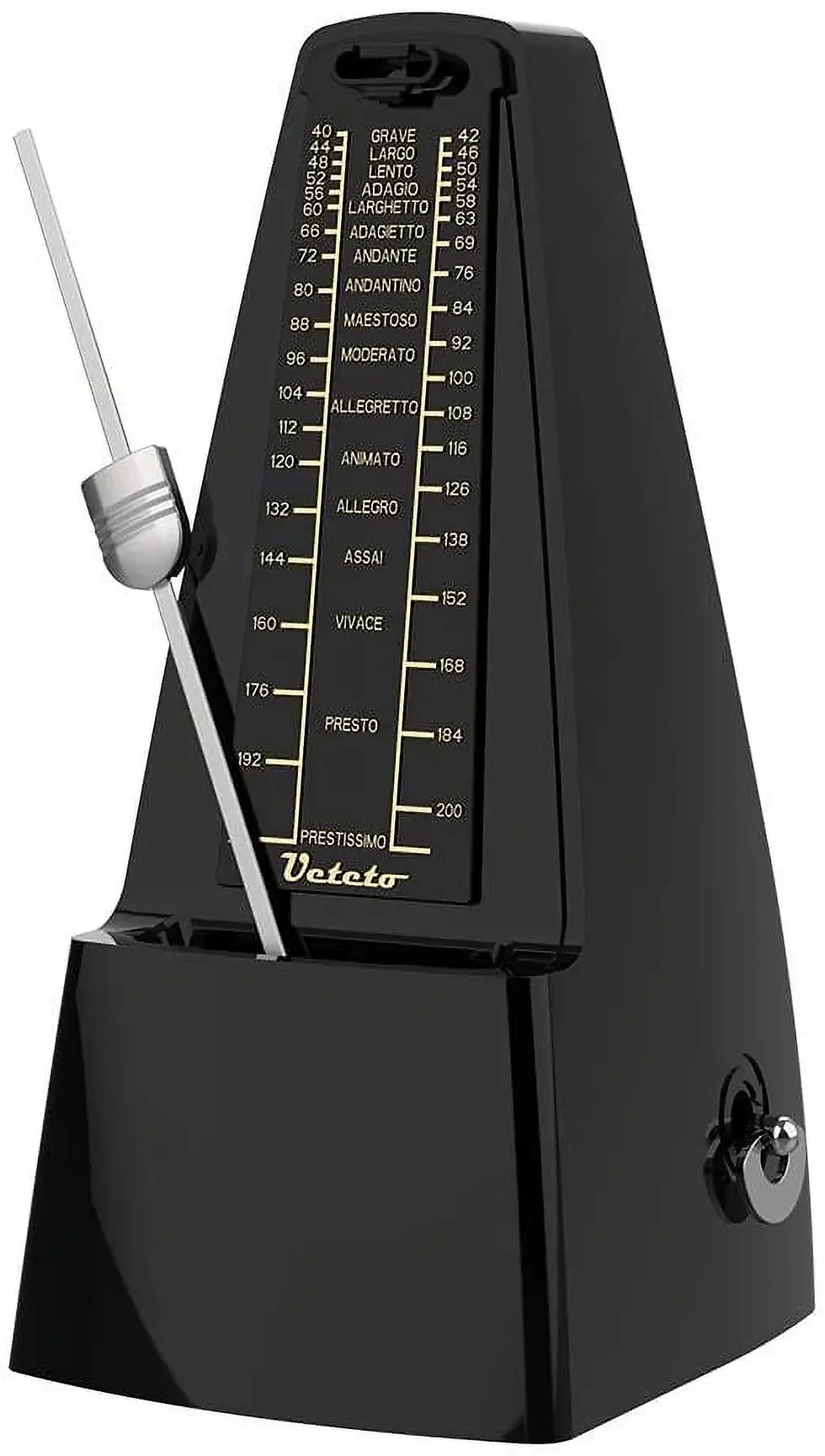Guide to Metronomes: Mastering Rhythm with the Right Tool
- Taylor Fends

- Aug 21
- 3 min read

Whether you're a beginner learning your first scale or an advanced musician refining complex passages, the metronome is your secret weapon for developing impeccable rhythm and timing. This guide will walk you through everything you need to know about metronomes: what they are, how they work, and how to choose the best one for your musical journey.
🎵 What Is a Metronome?
A metronome is a device that produces regular, metrical ticks (or beats) to help musicians play rhythms accurately. Each tick represents a beat per minute (BPM). For example, a tempo marking of 60 BPM means one beat per second, while 120 BPM means two beats per second.
The metronome helps you:
Build consistent timing
Slow down difficult sections for practice
Gradually increase speed (tempo) as you master a piece
🎚️ Types of Metronomes
There are three main types of metronomes, each with its own benefits:
1. Mechanical Metronomes
Classic pendulum-style design
No batteries required
Adjustable tempo via a sliding weight
Visually satisfying swing movement
Best for: Traditionalists, piano players, and students who like a visual element

2. Digital Metronomes
Compact, battery-powered devices
Features include subdivisions, tuning functions, and multiple sound options
Some offer visual displays with lights
Best for: All instrumentalists, especially those needing precision and customization

3. Metronome Apps & Online Tools
Convenient for smartphones, tablets, and computers
Feature-rich (polyrhythms, time signatures, subdivisions)
Many are free or low-cost
Best for: Musicians on the go, beginners, or those on a budget
🧠 Why Practicing with a Metronome Matters
Using a metronome consistently improves:
Timing: Eliminates the tendency to speed up or slow down
Accuracy: Helps you identify and fix trouble spots
Muscle memory: Reinforces consistent tempo as you develop your skills
Ensemble readiness: Prepares you to play in sync with other musicians
🧰 How to Practice with a Metronome
Here are some practical ways to use your metronome effectively:
✅ Start Slow
Choose a BPM that's slower than the performance speed. Accuracy is more important than speed when you’re first learning.
✅ Use Subdivisions
If you're struggling with rhythm, set your metronome to play eighth notes or sixteenth notes. This helps you feel the smaller beats.
✅ Accent the Beat
Some digital metronomes and apps let you add accents (e.g., emphasizing beat 1 in 4/4 time). This is helpful when learning time signatures.
✅ Gradually Increase Tempo
Once you're confident, bump the BPM up by small increments—2–5 BPM at a time.
✅ Mute the Beat
For advanced practice, try muting the metronome every few beats to test your internal timing.
🛒 How to Choose the Right Metronome
When selecting a metronome, consider:
Your instrument (e.g., visual metronomes are great for piano, louder metronomes help drummers)
Features you need (e.g., subdivisions, tap tempo, tuning)
Portability (mechanical metronomes are bulkier than digital ones or apps)
Budget (apps range from free to $5; mechanical metronomes cost $20–$50; digital models vary)
🔁 Metronome Recommendations
Here are a few popular metronomes to consider:
Wittner Taktell Piccolo – Compact mechanical metronome
Korg MA-2 – Budget-friendly digital option with subdivisions
Soundbrenner Pulse – Wearable metronome that uses vibrations
TonalEnergy App – Great for iOS/Android, includes metronome, tuner, and drone
(If you sell or recommend products, this is a great spot to link to your store or affiliate partners.)
🧑🎓 Final Thoughts
A metronome might seem simple, but it’s one of the most powerful tools a musician can use. Whether you’re polishing a tricky passage, building speed, or laying the foundation for great ensemble playing, the metronome is there to keep you on track—literally.
🎶 Practice with purpose. Play with precision. And let the beat guide you.








Comments